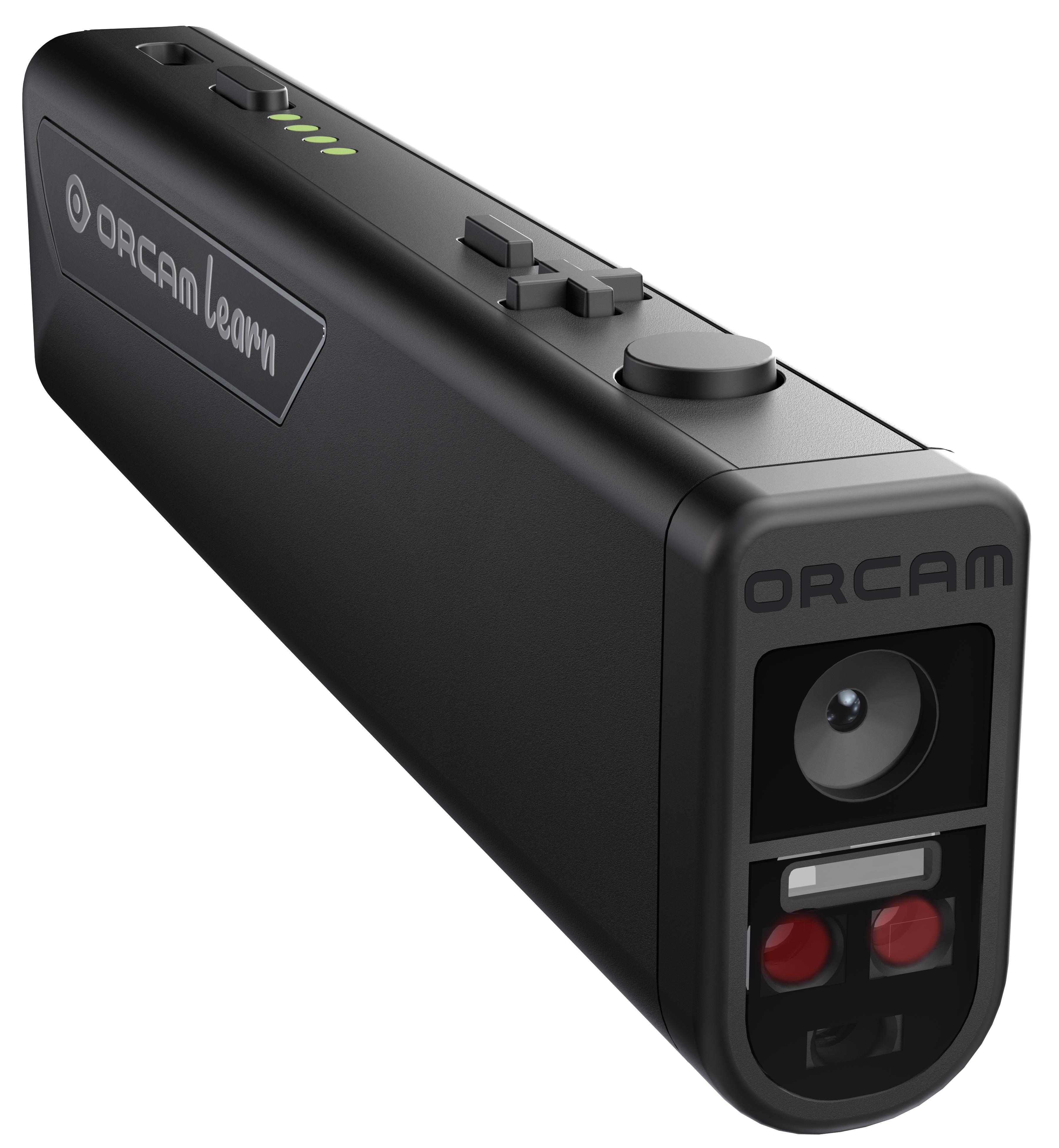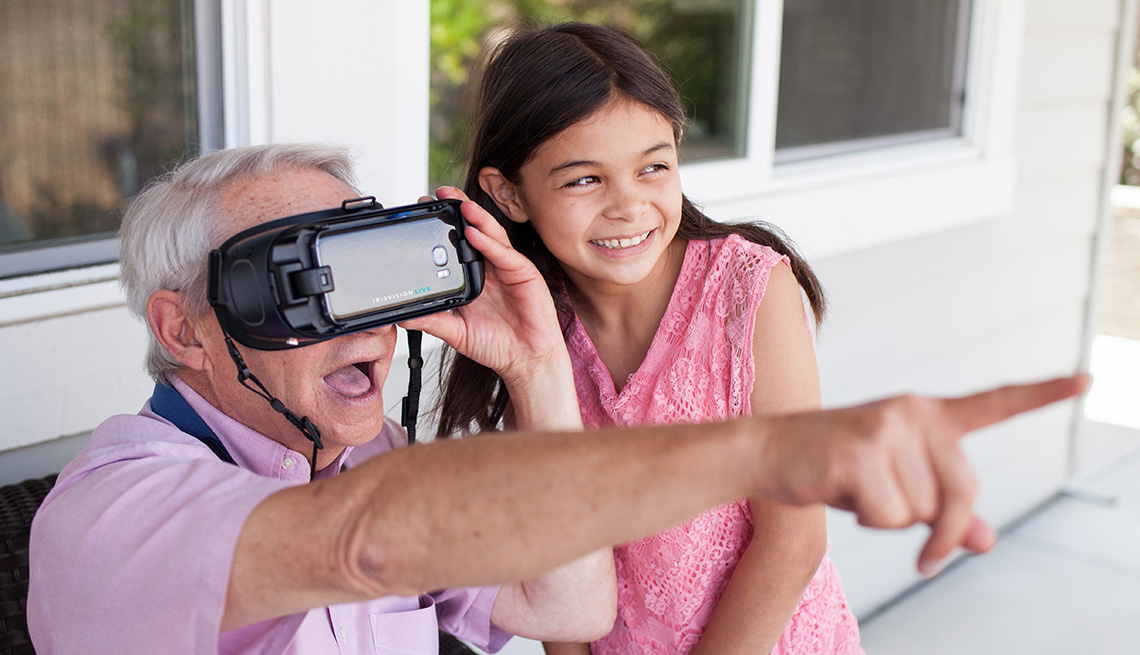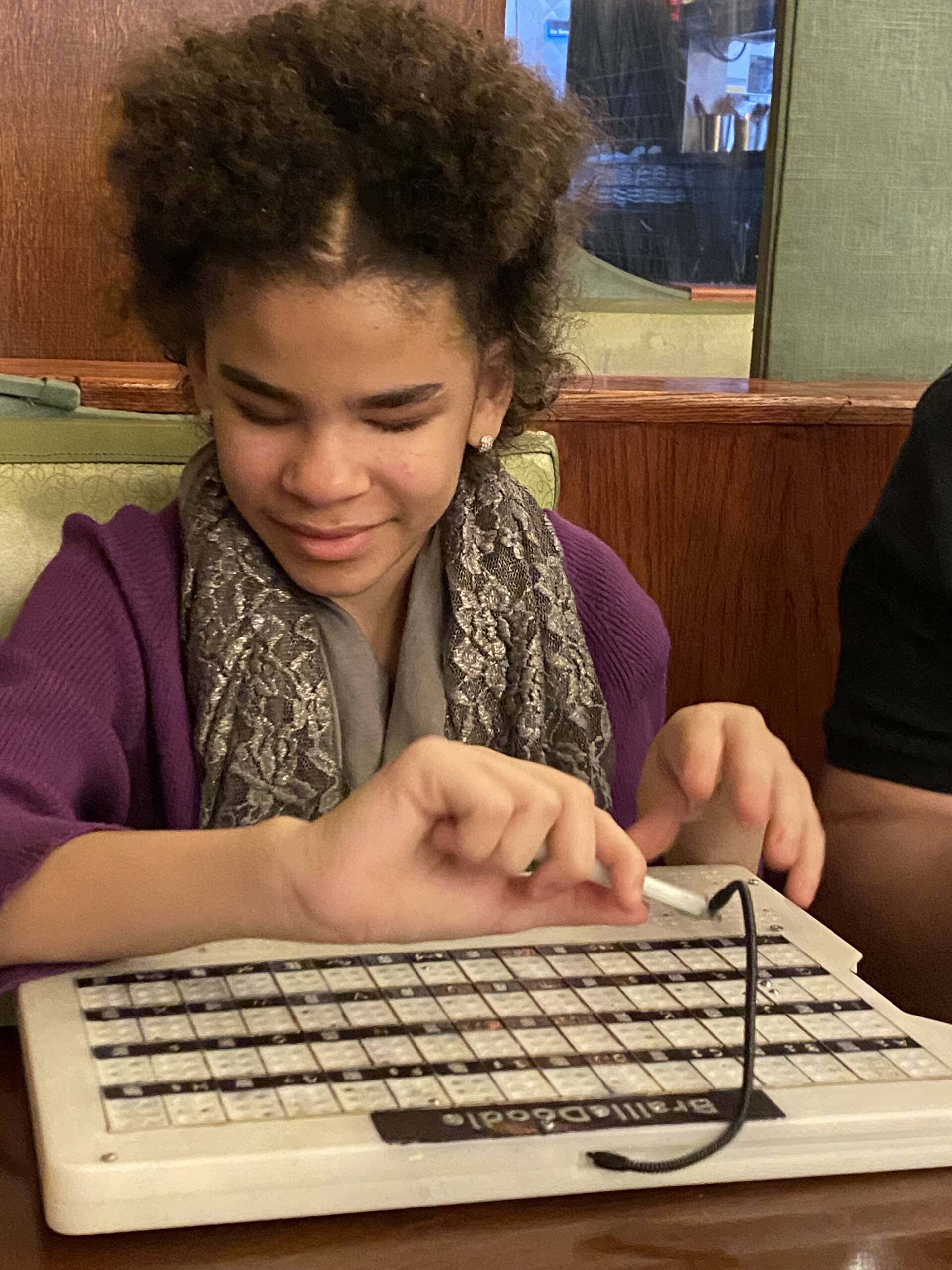Wearable Technology for Low Vision: Making Everyday Tasks Easier
Wearable Technology for Low Vision: Making Everyday Tasks Easier
Blog Article
Empowering Self-reliance With Assistive Technology for the Blind
The combination of assistive modern technology right into the lives of people with aesthetic disabilities stands for a considerable improvement in advertising freedom and self-sufficiency. From innovative display readers to innovative clever walking canes, these devices not only improve day-to-day navigating and communication but also empower users to involve meaningfully in various facets of life. As we discover the myriad advantages and real-world applications of these innovations, it comes to be vital to analyze the underlying aspects that add to their efficiency and the capacity for future developments in this essential field.
Summary of Assistive Innovation

The development of assistive modern technology is grounded in concepts of inclusivity and empowerment. Advancements in software application, hardware, and sensory improvements offer users with choices tailored to their certain needs. From display readers that transform text to speech, to tactile devices that share details with touch, these devices transform the way people engage with their surroundings.
In enhancement to practical applications, assistive modern technology cultivates higher social inclusion and engagement in various fields, consisting of education and work (OCR devices for the blind). As research study and growth remain to evolve, the potential for assistive modern technology to better improve the lives of visually damaged individuals continues to be appealing, leading the way for a more fair society where every person can flourish
Sorts Of Assistive Instruments
A range of assistive tools have arised to support people with visual impairments, each made to meet specific requirements and boost day-to-day performance. These devices vary from low-tech services to modern innovations, supplying varied alternatives for individuals.
Low-tech gadgets consist of magnifiers and large-print products that aid in reading and writing. Braille devices, such as Braille slates and stylus pens, allow responsive reading and interaction. Alignment and wheelchair help, like white walking sticks, assist users browse their environment securely.
On the higher end of the spectrum, electronic magnification systems and display visitors supply significant assistance. Electronic magnifiers allow customers to increase the size of message and pictures on screens, while display readers convert electronic web content into manufactured speech, assisting in access to info on smart devices and computer systems.
Mobile phone applications also play a vital function, supplying features like text recognition and navigating aid. Wearable modern technology, such as wise glasses equipped with increased truth, is becoming an encouraging tool to boost situational understanding.
Benefits of Assistive Technology
The assimilation of assistive technology significantly improves the lifestyle for people with visual problems. These innovations encourage individuals by promoting freedom, enabling them to browse their environments better and do daily jobs with better ease. As an example, screen readers and zoom software permit individuals to accessibility digital info, promoting professional and instructional opportunities that may have formerly been out of reach.
Furthermore, assistive read here devices such as wise canes and general practitioners applications offer real-time navigation assistance, enhancing movement and safety and security. This boosted freedom not only improves self-confidence however additionally encourages social engagement, allowing users to participate more completely in their areas.
Assistive modern technology likewise helps with communication, assisting customers connect with others with voice acknowledgment and text-to-speech applications. This capacity is essential for keeping relationships and accessing crucial details.
In addition, the modification alternatives available with many assistive technologies guarantee that users can tailor devices to their specific needs, better boosting use and navigate here performance. On the whole, the benefits of assistive innovation for people with aesthetic problems are extensive, advertising a much more inclusive culture where everybody can seek their objectives and ambitions.
Study and Success Stories
Highlighting the transformative impact of assistive modern technology, numerous study illustrate just how individuals with visual problems have efficiently incorporated these devices into their day-to-days live. One compelling instance involves an university student that made use of screen analysis software program to navigate on the internet resources and academic products properly. This modern technology not only promoted her education yet likewise boosted her self-confidence in taking part in conversations and team tasks.
An additional instance research study includes a professional who uses a mobile phone application designed for navigation and things recognition. By utilizing this application, he has restored autonomy in both his individual and work environments, enabling him to commute independently and engage with associates better.
Additionally, a senior citizen shared her experience with braille e-readers, which allowed her to access a vast array of literature and stay gotten in touch with her community via book clubs.
These success stories emphasize the critical function of assistive technology in fostering freedom, improving high quality of life, and promoting social combination for individuals with visual disabilities (AI-powered visual aids). By embracing these innovative devices, individuals can get rid of difficulties and confiscate chances visit site that contribute to their specialist and individual satisfaction

Future Fads in Assistive Innovation
Development in assistive modern technology is poised to redefine the landscape of support for people with visual disabilities. Arising fads emphasize the combination of expert system (AI) and machine discovering, which improve the functionality of tools that assist with navigation and information ease of access. For circumstances, AI-driven applications are now with the ability of translating visual information in real-time, allowing customers to involve with their environment extra separately.
Furthermore, the development of wearable modern technology is progressing swiftly. Smart glasses geared up with enhanced fact (AR) can offer audio summaries of environments, changing how customers interact with public areas. These devices not just advertise freedom yet also foster social inclusion.
Additionally, the Net of Points (IoT) is making homes smarter, permitting seamless connection in between daily appliances and assistive gadgets. This connectivity empowers users by allowing automated responses and voice-activated controls tailored to specific needs.
Final Thought
To conclude, assistive technology plays a crucial duty in empowering individuals with visual impairments by enhancing their self-reliance and interaction with their environments. The diverse range of applications and devices offered not just helps with navigation and interaction yet likewise promotes social combination and opportunities for individual and professional development. As innovations continue in this area, the capacity for improving the lifestyle for those with visual problems will broaden, fostering higher autonomy and empowerment.

Report this page